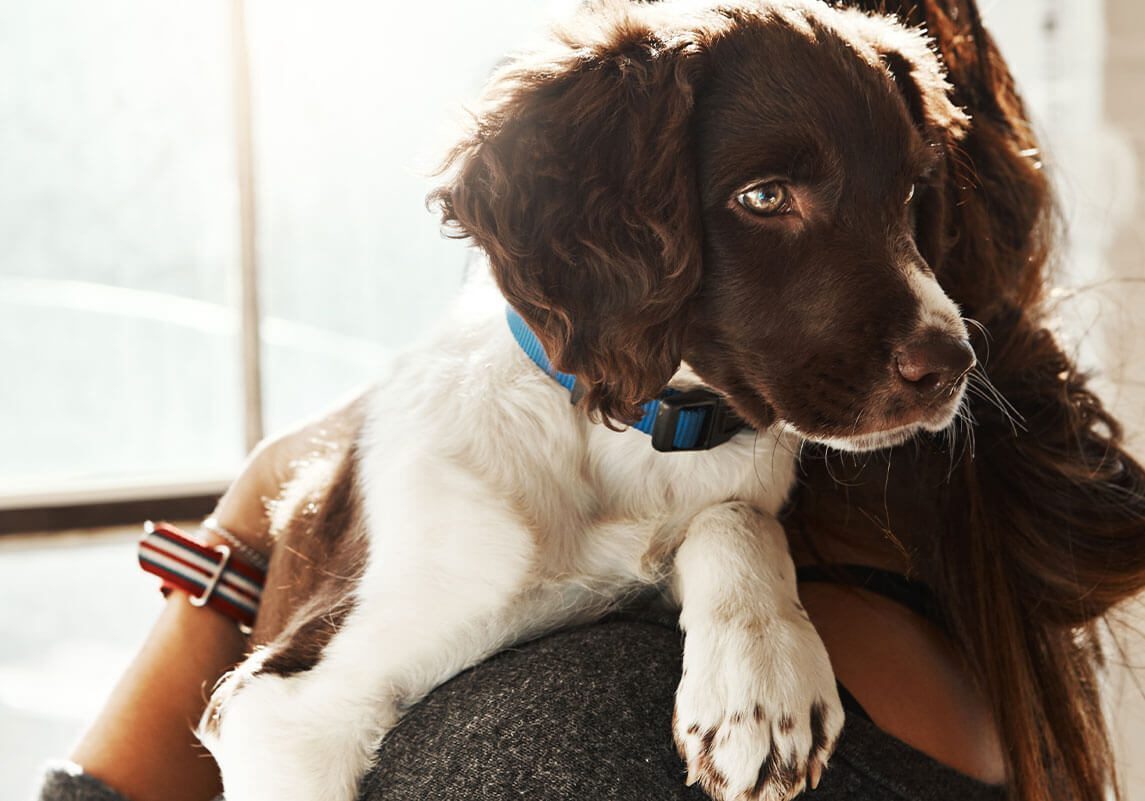Expert Pet Surgery & Spay/Neuter Services in Piqua, OH
At Cornerstone Veterinary Clinic, we understand how nerve-wracking it can be when your pet needs surgery. Whether they require a routine spay or neuter, or a more advanced procedure, our experienced team provides expert, compassionate care to ensure the best possible outcomes. We offer a wide range of soft tissue surgeries, and our attentive aftercare ensures that your pet recovers safely and comfortably.
Questions about your pet’s surgery? Worried about anesthesia? Our team is here to help! Reach out so we can answer questions, ease worries, and provide a step-by-step outline of your pet’s surgical procedure.
Call Us! (937) 773-8060
Excellence in Pet Surgical Safety
We take every measure to make sure your pet's surgery is as safe and stress-free as possible. Before any procedure, we perform a thorough physical examination to assess your pet’s overall health, which is followed by pre-anesthetic blood work to check kidney and liver function, ensuring they’re ready to handle anesthesia. We also place an IV catheter, allowing us to administer medications and respond immediately to any issues that may arise during surgery. Throughout the procedure, we closely monitor your pet with advanced equipment that tracks heart rate, respiratory rate, oxygen levels, and blood pressure to keep them safe.
Expertise in Soft-Tissue Surgeries
Our veterinarians are skilled in a wide variety of soft-tissue surgeries that can significantly improve—and potentially save—your pet’s life. In addition to routine spays and neuters, our team performs complex surgeries such as:
- Abdominal exploratory surgery
- Foreign body removal
- Intestinal biopsies
- Bladder surgeries
- Tumor removal
Whatever their surgical needs, our clinic is equipped with the latest technology and a compassionate team dedicated to giving your pet the best care possible.




